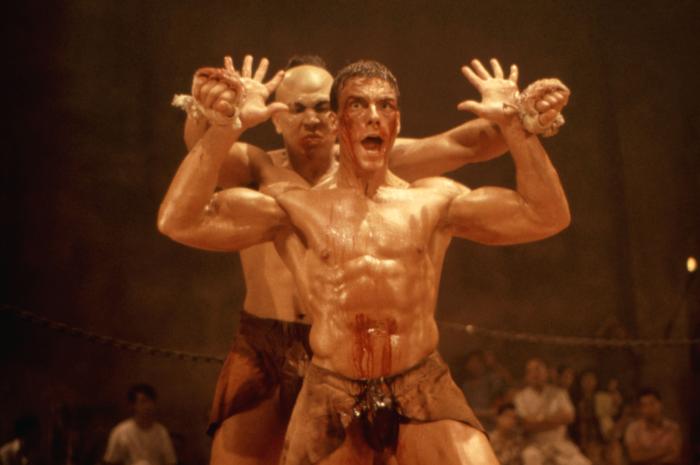That could be the case, or maybe you're shortchanging your martial experience. You'd have to ask your Sifu what he thinks. Most of the static standing stuff is at the very beginning phase in most MAs that use that type of training. They often transition to some type of low stance moving drills.
But as B Trunks said, static stance training is good for weeding out the less dedicated and that's probably more of the true application than what the old masters let us believe.





 Reply With Quote
Reply With Quote




 I was taught using the bear hug, as you described, in traditional Muay Thai, in Thailand. It was part of our clinch training, we just couldn't go for the hip toss.
I was taught using the bear hug, as you described, in traditional Muay Thai, in Thailand. It was part of our clinch training, we just couldn't go for the hip toss. but i understand and agree with most of your points.
but i understand and agree with most of your points. 







